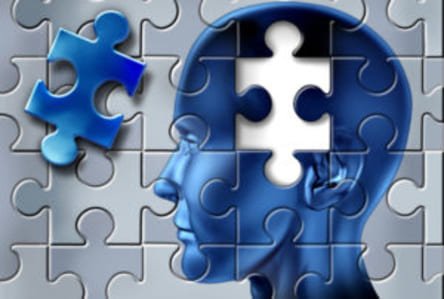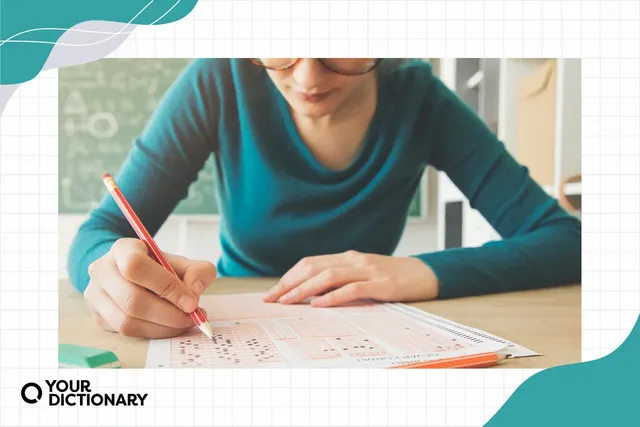
The term "IQ" is an abbreviation for the term "intelligence quotient." IQ is determined by administering assessments intended to determine a human's intelligence level. This intelligence level is expressed by a ratio of the mental age to the chronological age. IQ tests are often used for determining the intelligence of job applicants, military applicants, students, and others. An IQ test is generally administered by a psychologist; but, many informal IQ assessments can be found on the Internet.
IQ Test Questions
IQ questions would be found on IQ tests. These questions are intended to assess a variety of mental abilities and skills, and therefore cover a wide range of different types of intelligence. Below are some general examples of the types of questions that might be found on an IQ test:
Analogies (mathematical and verbal)
Pattern driven (spatial and mathematical)
Classification
Visual
Spatial
Logical
While those are the general areas that an IQ test might examine, it is useful to see more specific questions. Here are a few test questions that could be encountered on an IQ test:
Which number should come next in the pattern?
37, 34, 31, 28
Answer: 25, the numbers are decreasing by 3
Find the answer that best completes the analogy:
Book is to Reading as Fork is to:
a. drawing
b. writing
c. stirring
d. eating
Answer: d.
Find two words, one from each group, that are the closest in meaning:
Group A
talkative, job, ecstatic
Group B
angry, wind, loquacious
a. talkative and wind
b. job and angry
c. talkative and loquacious
d. ecstatic and angry
Answer: c. Talkative and Loquacious
Which of the following can be arranged into a 5-letter English word?
a. H R G S T
b. R I L S A
c. T O O M T
d. W Q R G S
Answer: b. rails and c. motto
What number best completes the analogy:
8:4 as 10:
a. 3
b. 7
c.24
d.5
The answer is 5 because 4 is half of 8, and 5 is half of 10.
ADVERTISEMENT
Types of IQ Test Questions
Other types of questions could be encountered as well. These questions could be any of the following:
Questions that show pictures of dice and ask which one is different.
Questions with pictures of shapes in different positions and asked which one does not belong.
Questions with pictures of Rubik's cubes asking for you to properly sequence the pictures.
Questions with pictures of unfolded cubes with designs on each cube face asking which of the choices is the image that the unfolded cube would be if it were folded.
Questions with pictures of unfolded shapes like rectangular prisms and pyramids asking the test taker to identify which 3-dimensional shape the unfolded paper would be once folded.
Charts in which all boxes are filled with the numbers and the test taker is asked to identify what number is in a missing blank.
Images of overlapping shapes and the test taker must identify which diagram does not belong.
Questions that require not only unscrambling a word but then identifying a category to which it belongs.
Questions that ask for identification of missing pieces.
An image of a series of figures requiring the test taker to determine which comes next.
The number of questions you answer correctly is then used to score the test and provide a measure of your intelligence.
